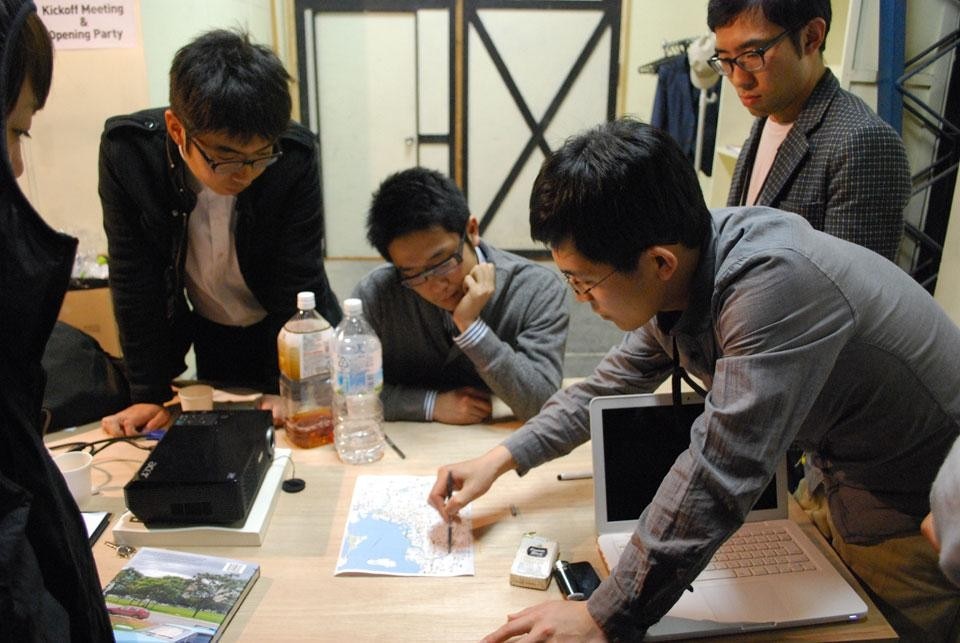Pelin Tan: How do you consider "research" in architecture as a performative act? How would you define RAD's practice accordingly?
Shinichi Kawakatsu: We feel that research in the field of architecture is not particularly uncommon today. All design practices conduct research to a certain degree in some form or another. We like to think that the research itself can become a creative act that can lead us to propose new ways for perceiving the city and society. To treat the research merely as something for providing reasoning for a design would be wasteful in this sense, and we instead believe in its potential to expand our ideas for architecture through informing us about realities that we had not been aware of.
At RAD, we specifically think of research as a performative act that always operates in connection to practice. Although it may at times be similar, we do not position the research as being academic, nor as a preliminary step for making something. What is important is that it is inductive, engaged with the field, and evidential.
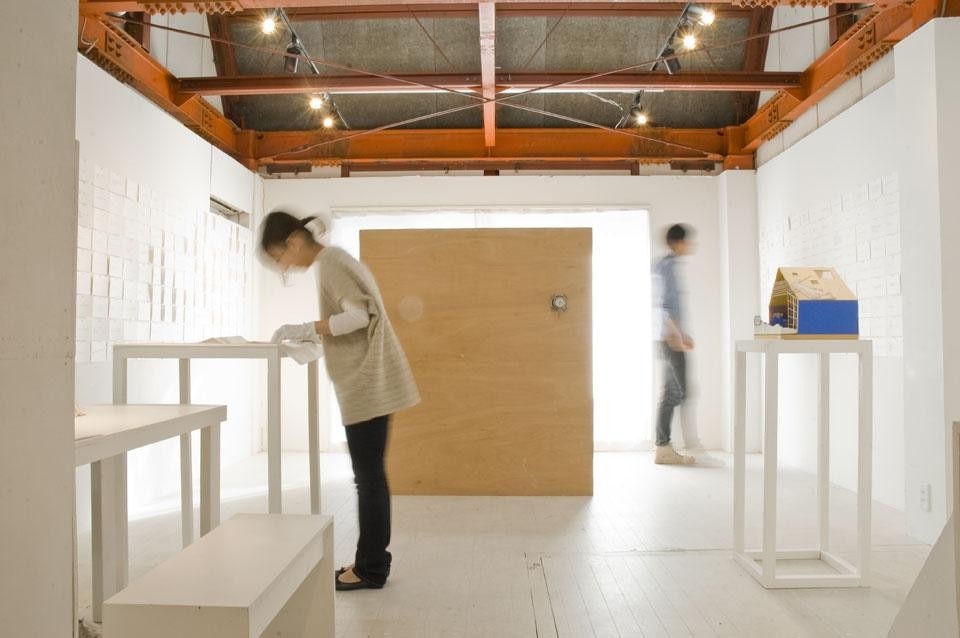
There are few projects involving new constructions, and renovations that make use of old buildings have instead increased. We think that this good. The flow of money from speculative development did not generate true value at the end of the day. While the asset value of newly constructed buildings only declines over time, in contrast, value can be created from something that was considered worthless when old buildings are successfully revived. Of course, this must all be common knowledge in Europe…
The provincial regions, in comparison, are economically impoverished. Even conservatively speaking, the conditions are tight. The municipalities that have understanding and initiative are proactively turning to the private sector for ideas. Although there may not be opportunities to design public facilities like before, we feel that the architect's skillset for identifying a problem, and drawing up a vision to solve it, is needed in many aspects when making considerations for how to maintain and revitalize the spaces of daily life. Moreover, the act of entering into the local communities and networks also presents the opportunity for increasing collaboration across the disciplinary fields and for discovering new societal demands for architects.
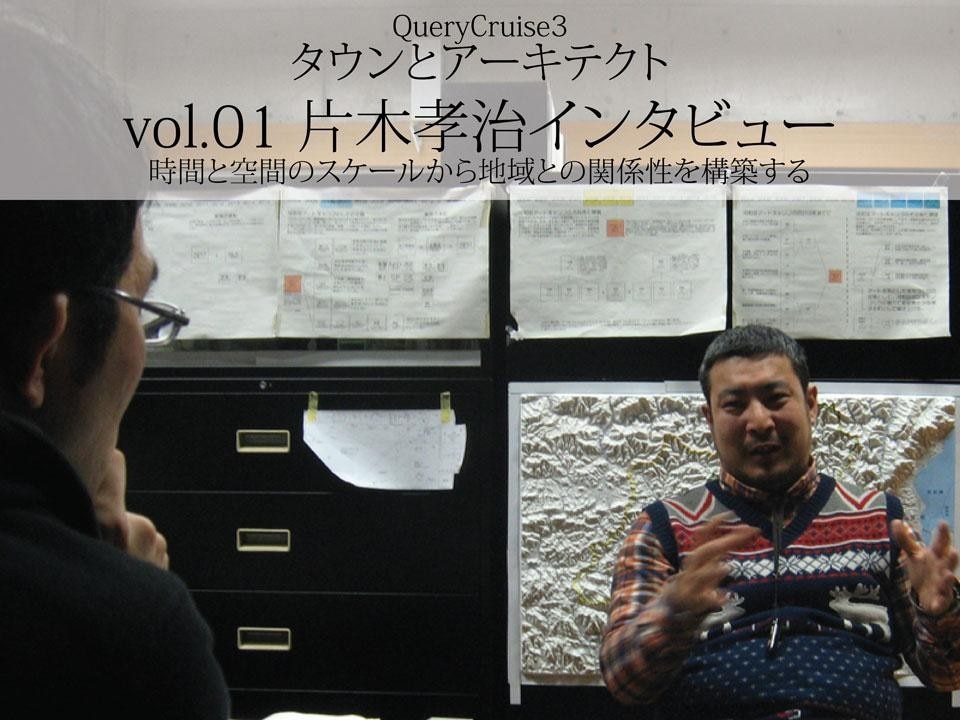
Looking at various praxis in the works or already at work, and the people behind them, we seek to grasp their meanings in order to define a "place for architecture". We have also directly engaged with such places where possible, to search for ways to contribute to their potential. We seek to pluralize the definition of "architecture" itself and to identify the broader extent of this "place for architecture".
Our exhibition titled rep - radlab. exhibition project posed the question: How can architectural thought — the core thoughts and ideas that architects try to realize through buildings — be fixed to a vehicle other than "construction"? We were not asking this out of a need for an alternative due to the inability to build; rather, the theme arose from initial considerations on how architectural thought could be given life in a different medium.
With the Town and Architect interview project, we focused on defining "locality" through listening not only to architects, but also to an economist, artist, administrative officer, and consultant, who are variously involved in shaping their localities. This allowed us to comprehend the notion of a "locality" in multiple ways, such as an area defined by a common "issue"; a physical or cognitive construct; and as a collective of people sharing the same ground. We are thinking about these different ways in which a "locality" can be depicted and how architecture may be able to contribute to it.
At RAD, we specifically think of research as a performative act that always operates in connection to practice. Although it may at times be similar, we do not position the research as being academic, nor as a preliminary step for making something
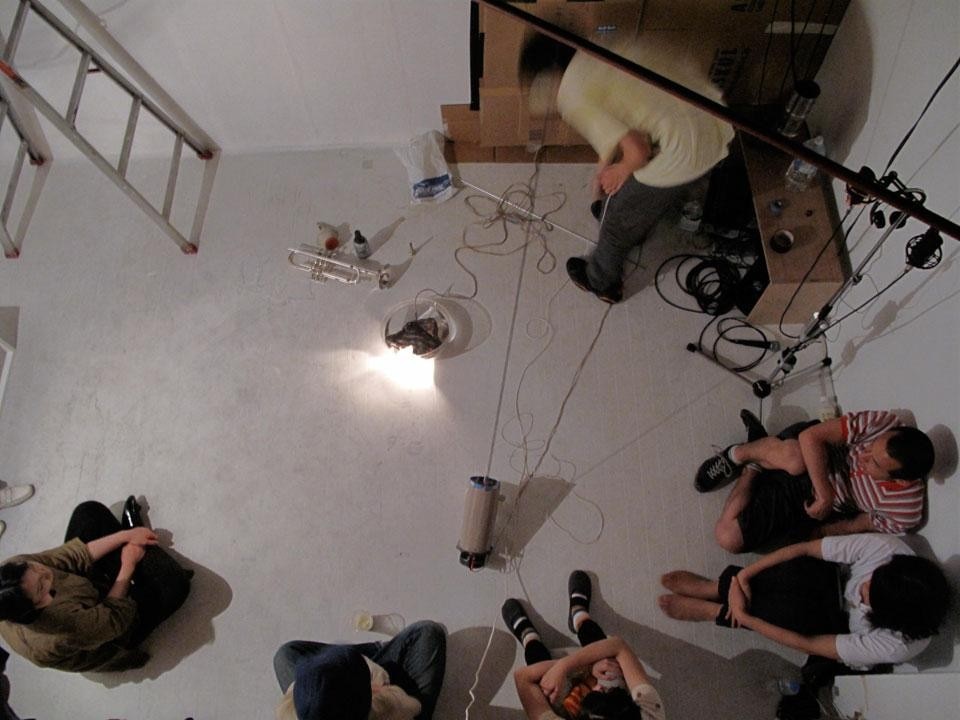
The radlab., a small alternative space for architecture that we run, also has an alias as the LABORATORY; inviting acquaintances from different fields such as art and music to assume the role of directors, the space is able to take on entirely different identities, and we are able to form multiple layered networks. It is exciting when these networks lead to the generation of new viewpoints from which we can engage the streets and the city. Kyoto is a great place for establishing such networks.
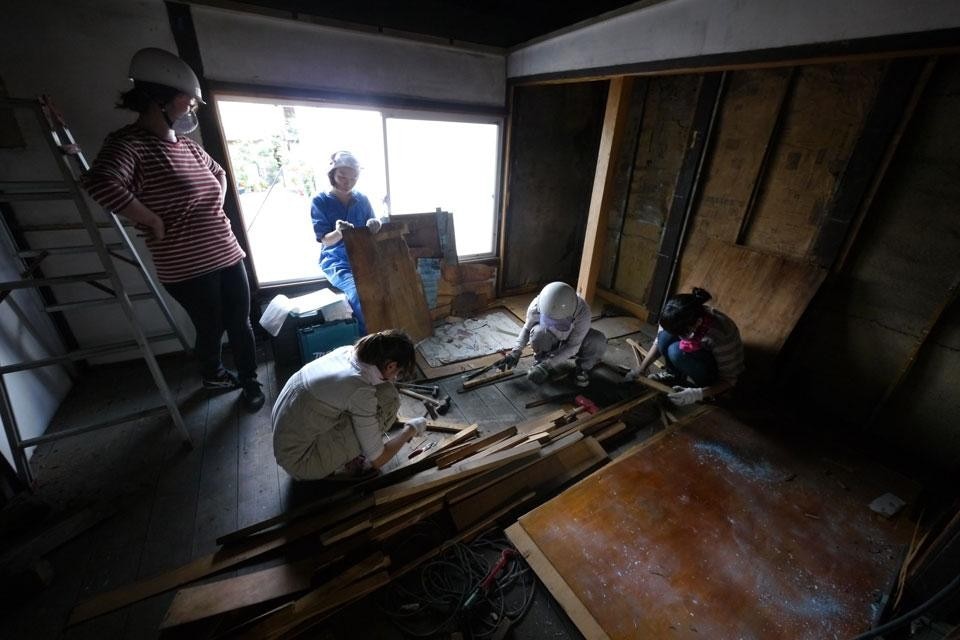
When we created RAD, there were no independently-managed spaces for architecture. Similar establishments were run mostly by building material companies, construction corporations, and universities. Such spaces are oriented towards research or promotional activities and so they do not embrace experimentation or the work of young architects. It is also difficult for students and design offices to access the spaces. We therefore aim to establish a place that offers greater freedom for hosting experimental architectural work.
We are thinking that it may also be fun to remain undefined, so to speak, or to be something that cannot be defined. This is because the world will only continue to generate more things that cannot be categorized or defined, and we would like to always be in interaction with these things as we think about how architectural thought can exist with them.
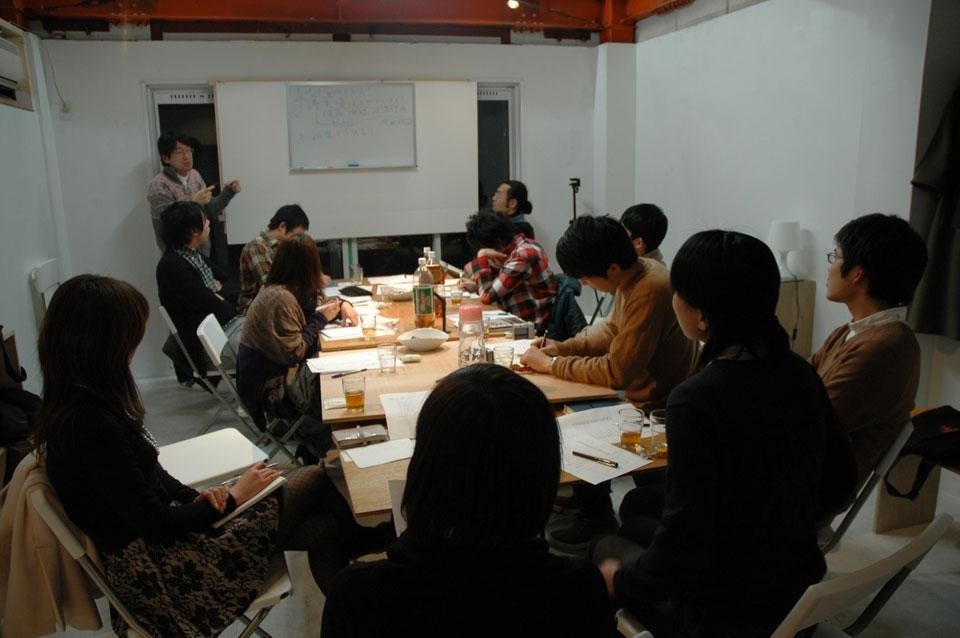
Architecture is not necessarily the building itself. It exists as a sort of concept or way of thinking that is realized in the form of buildings and various practices. In exhibitions, it is important for the thoughts and concepts of the architect to be expressed directly. As it is ultimately impossible for a work of architecture to be reconstructed within an exhibition space, another method of expression should be employed. The process of thinking about the variety of such methods, and about what to display and how to represent it, offers a good opportunity for an architect to rethink through what they are trying to realize with their architecture. In Japan, there is a particularly strong sense that "architecture = building", so we are hoping to unhinge this common perception by holding architectural exhibitions that are deliberately devoid of images of buildings.
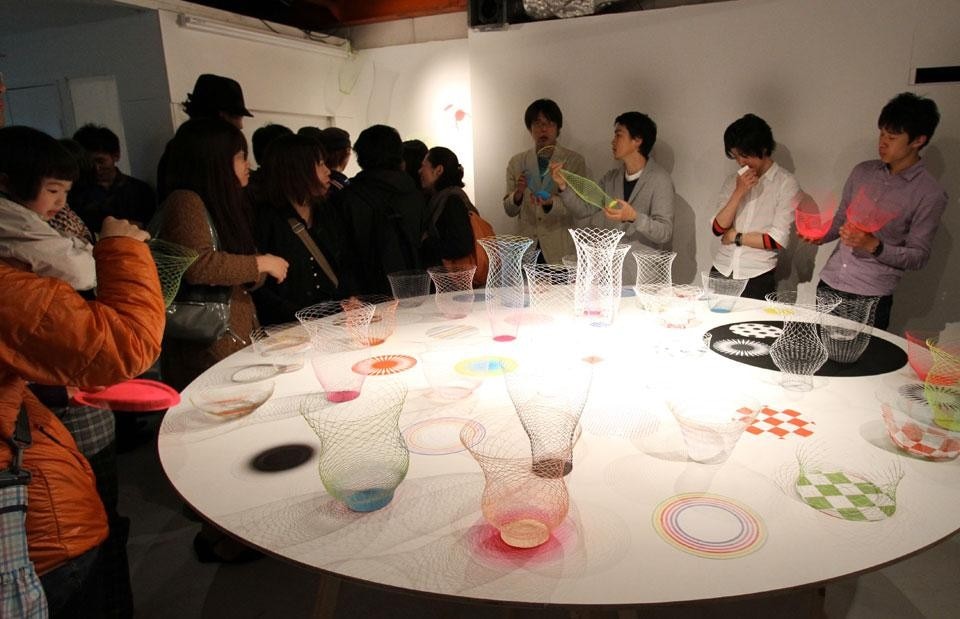
The recent disaster confronted architects with a challenge to demonstrate how they can perform their social role. There are many efforts being made, but decisions cannot be made hastily. This is an extremely long-term challenge. Even as we speak, numerous architects are engaging in reconstruction efforts at their individual sites. For a long time in Japan, architects have been preoccupied with individual buildings, and discussions about how to shape the city at large have not held great importance. The situation in the Tohoku region, however, raises the question of how the city should be formed. Everyone believes that modern urban planning is not the solution, yet alternative theories and methodologies have yet to be formulated. Many architects have turned to the local residents and are listening to what they have to say. Yet the question remains as to how this will ultimately be adapted to "a plan", or whether perhaps reconstruction of the city will be achieved through an entirely new paradigm that will replace such a plan.
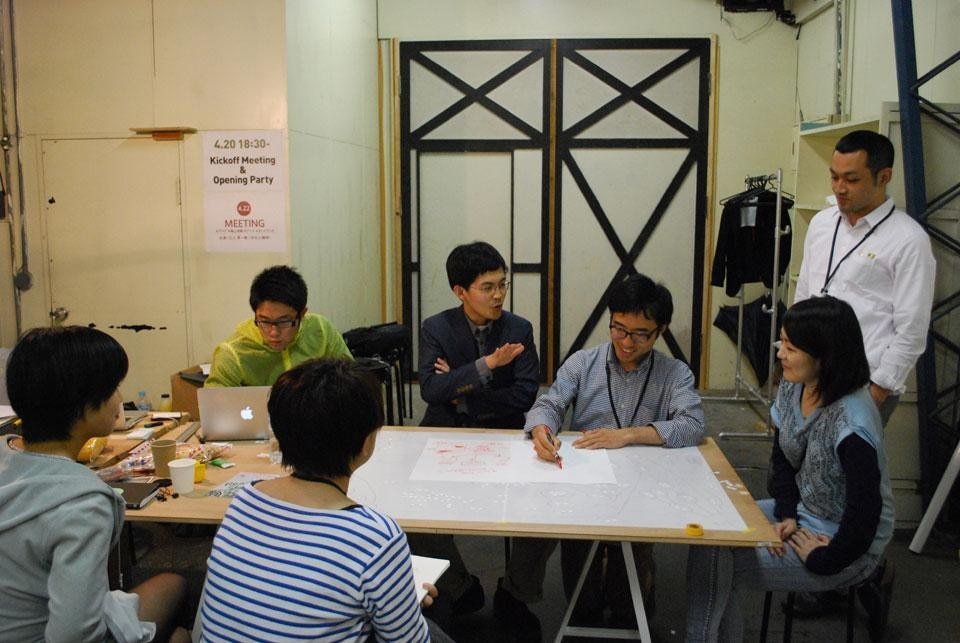
In thinking about a support practice, we feel that it is important that we interact with the people in an architectural way that will "empower" them. Instead of building or ordering things, the architect should work to make spaces, frameworks for education, or systems that will allow the people to directly participate in shaping their living environment in order to lead fulfilling lifestyles. Although people who live in historically valuable buildings lead very rich lifestyles, the architecture merely empowers the people to be able to do so. It is not the architecture itself per se, but the people themselves who are creating their own richness in their lives.
